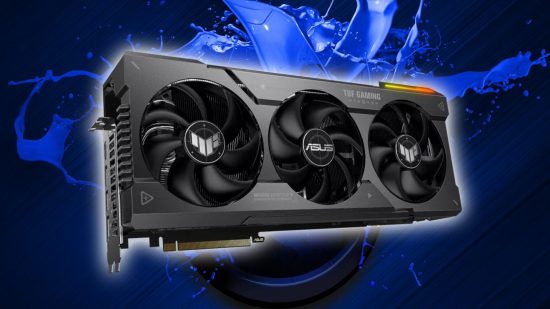Graphics card vendors are keeping custom AMD Radeon RX 7900 specs close to their chest, but Asus clock speed information is now publicly available. While the RDNA 3 lineup is scheduled to arrive next week, we’re still waiting for other AIB partners to follow suit.
Reference AMD Radeon RX 7900 models are expected to enter the best graphics card ring on December 13, but we might need to wait a little longer for GPU variants. Of course, the rumour mill consistently churns out contradictions, as conflicting reports suggest custom contenders could actually show up at launch.
Over on Asus’ website, the firm shares specs for both the RX 7900 cards, including custom boost clock speeds. According to the page, the TUF gaming AMD Radeon RX 7900 XT can reach up to 2,535MHz, with the XTX stretching to 2,615MHz.

If you’re unfamiliar with AMD Radeon RX 7900 XTX specs, here’s a recap. The top RDNA 3 card’s boost speeds cap out at 2,500MHz, meaning the TUF gaming model is around 4.6% faster. The XT reference GPU clocks in at 2,400MHz, with the Asus variant ramping things up by 5.6%.
On paper, the custom Asus Radeon RX 7900 XTX outpaces the RTX 4080, but TUF version overclock speeds edge marginally ahead at 2,625MHz. Of course, performance isn’t the only factor at play, as price may help the red team quash Nvidia’s GeForce giant this time around.
That said, Asus has yet to reveal an MSRP for its custom RDNA 3 card, and it’ll undoubtedly cost more than AMD’s reference model. If vendors fly too close to the premium price point sun, gaming PC enthusiasts and players alike may wait for cheaper cards, like the RTX 4070 or the Radeon RX 7800 XT, rather than investing in high-end GPUs.
